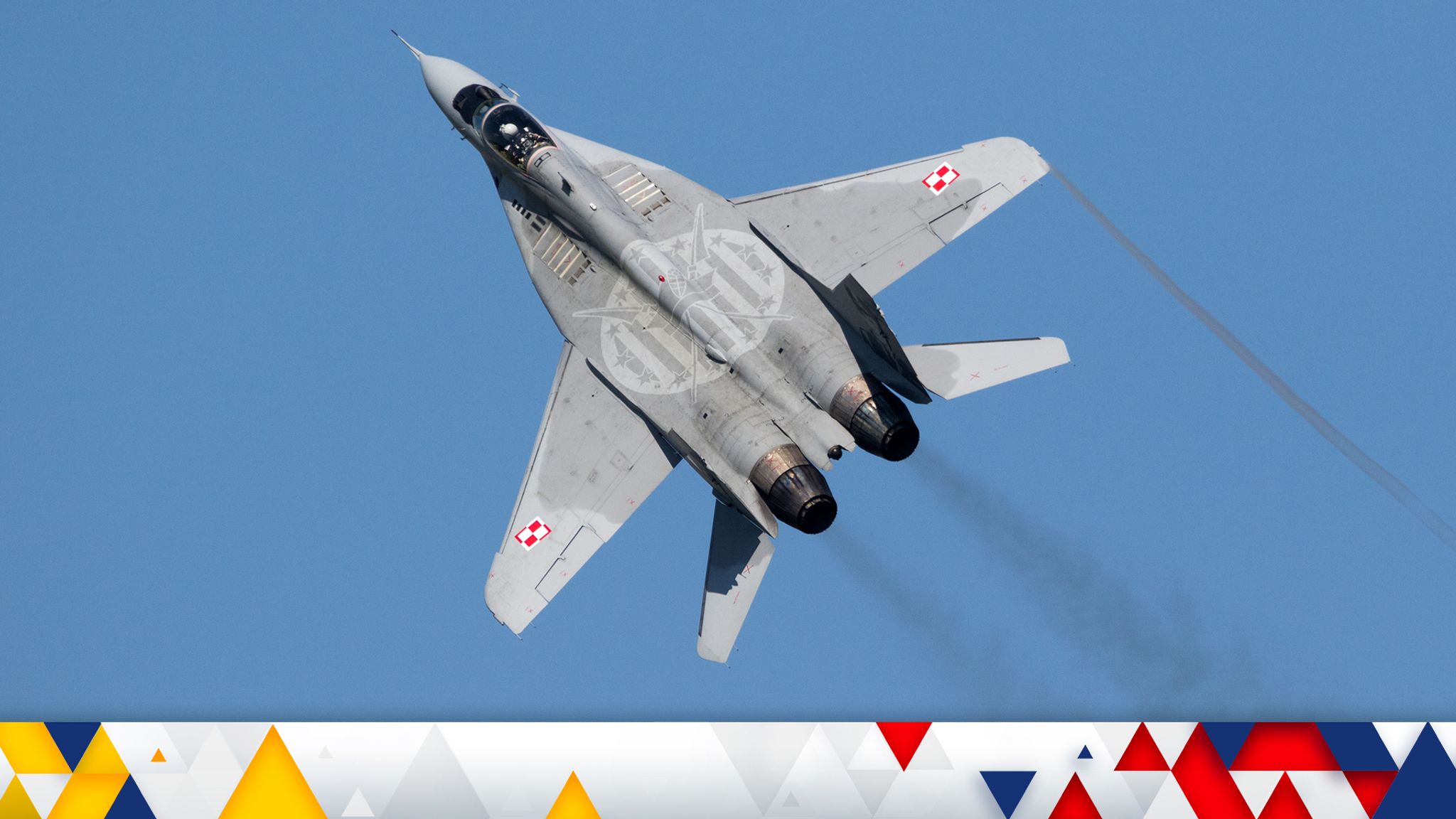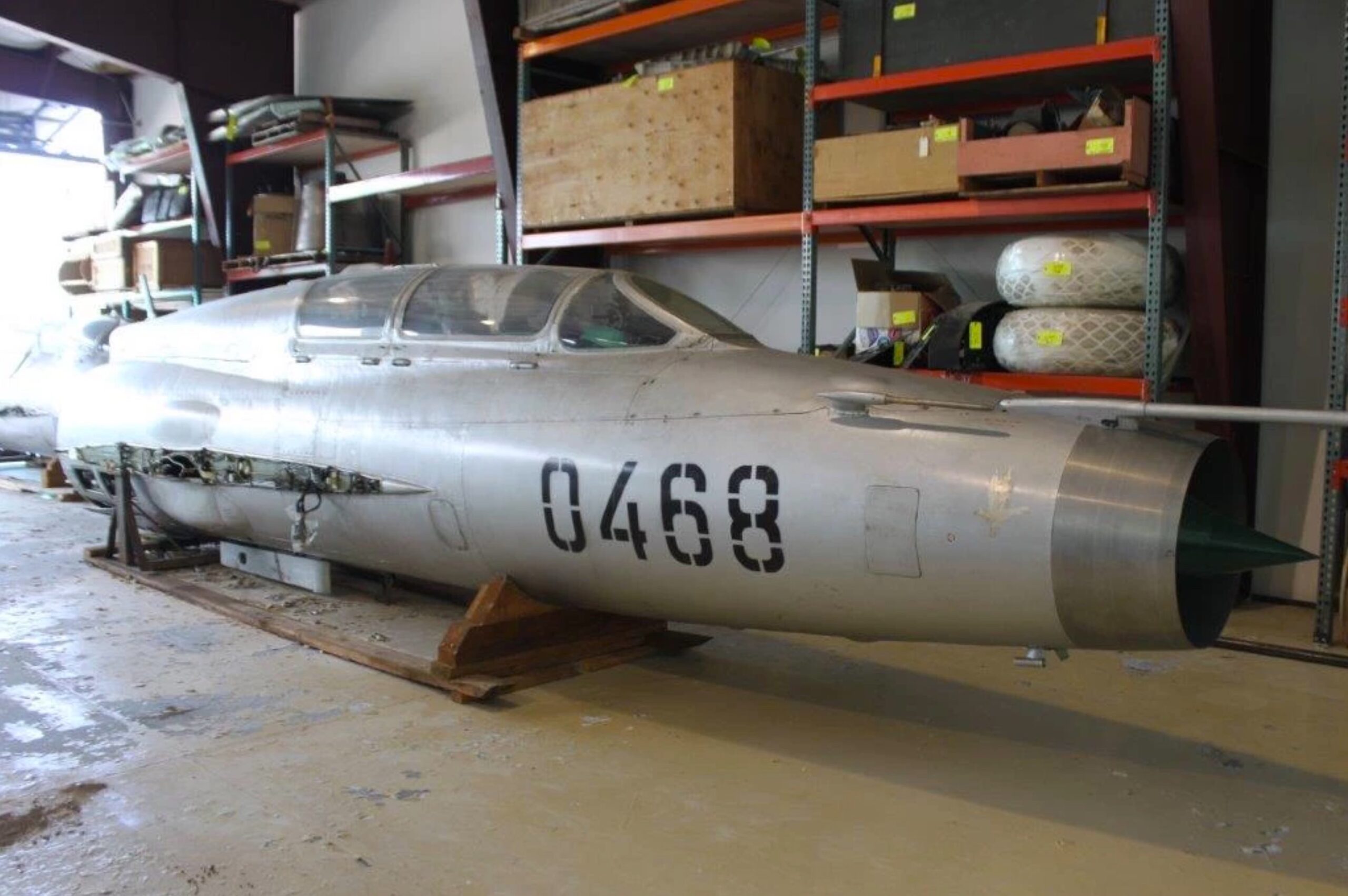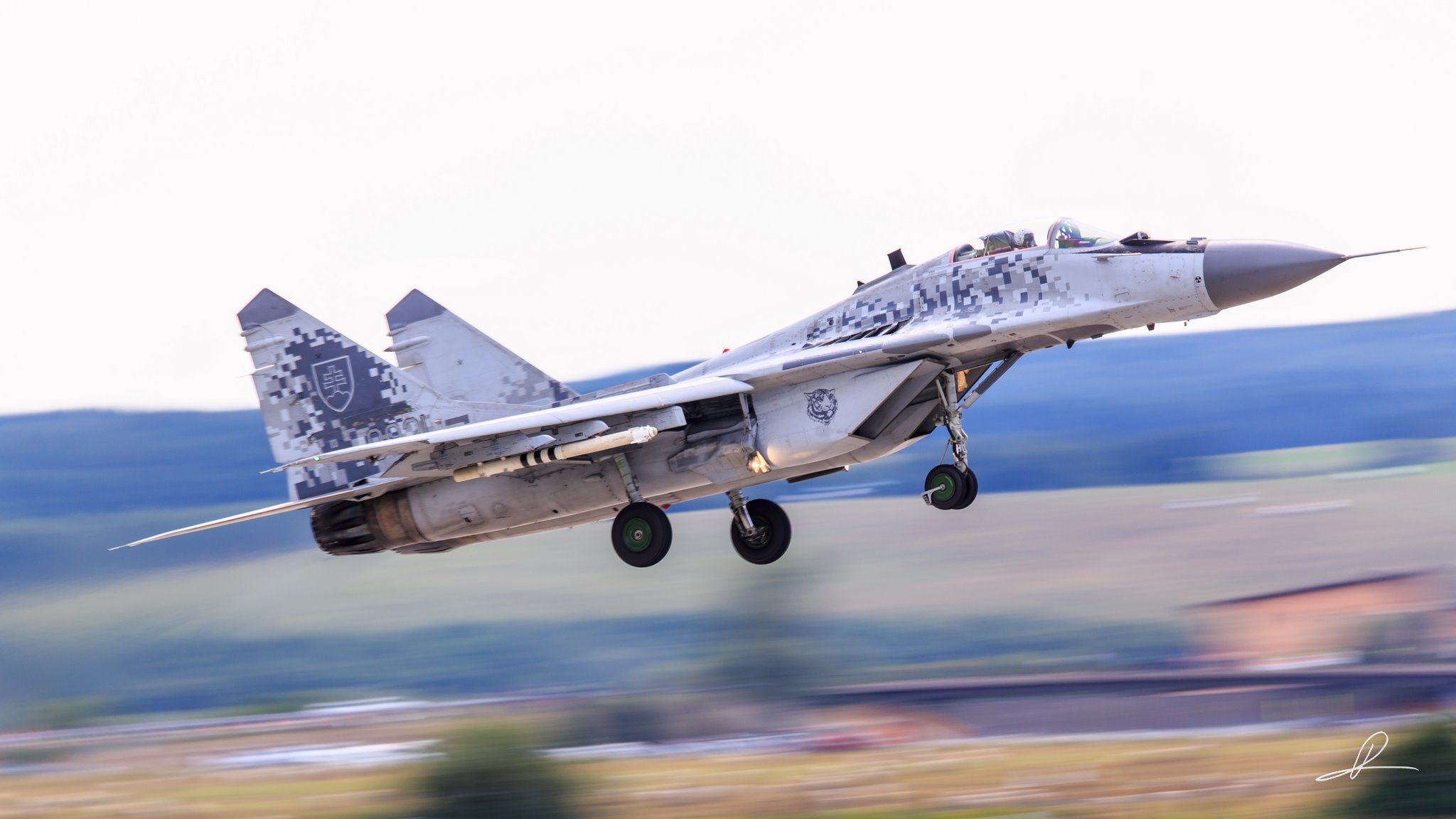Migs Aircraft - At the mention of Soviet or Russian fighter jets, one name immediately comes to mind: "MiG". In fact, the word has many synonyms for Russian fighter jets, as "Zero" once did for Japanese fighter jets. Of course, not all Russian fighters are MiGs, just as not all Japanese fighters are Zero, but these names have become so widespread that they have become almost synonymous with the fighters of the respective countries.
"MiG" does not actually refer to the name of a company or even an individual. It was an acronym for two Soviet aircraft designers: Artyom Mikoyan and Mikhail Gurevich, and their collaboration changed the face of military aviation - during the Cold War and beyond.
Migs Aircraft

In the Soviet Union, the aviation industry worked differently. Airplanes were not corporate products. Instead, they were designed by engineers working at state-run experimental design bureaus, or OKBs. After the design of the aircraft was selected for production, it was transferred to the state factory for mass production. The designers did not work in the factory and had nothing to do with its management.
Poland's Proposal To Transfer Mig 29 Fighter Jets To Us To Give To Ukraine Isn't 'tenable,' Pentagon Says
In the 1930s, Mikoyan and Gurevich were flight engineers at OKB under Nikolai Polikarpov, who developed some of the most important Soviet aircraft of the 1930s, including the Po-2 trainer, as well as the I-5 and I-15. and I-16 fighter jets. However, Polikarpov was overlooked due to the failure of his prototype I-180 fighter in 1939, as well as his recent expedition to Germany to master German aviation technology. While Polikarpov was in Germany, Gurevich submitted a preliminary design proposal for a high-altitude fighter called the I-200. He founded his own design studio in collaboration with Mikoyan, whose brother was a high-ranking official in Joseph Stalin's political administration. They took many of Polikarpov's employees with them. Originally known as OKB-155, the new design bureau was later renamed MiG, based on the initials of the two leading engineers.
In 1939, with war on the horizon, the MiG I-200 became a priority. It was to be a high-altitude fighter with a speed of 417 mph, an altitude of 39,370 feet, and a range of 621 miles. First flown in April 1940, the new aircraft reached 400 mph above 22,000 feet and claimed to be the Soviet Union's fastest fighter.
Unfortunately, there were also problems with controllability and stability. As a result, after only about 100 examples of the MiG-1 were built, it was replaced by an improved version known as the MiG-3.
When Germany invaded the Soviet Union in June 1941, Soviet fighter units had just begun to be equipped with the new Yak-1, LaGG-3 and MiG-3 fighter jets. high-altitude performance, but as the air war over Russia quickly became a tactical engagement fought primarily at low and medium altitudes, the MiG-3 was rarely able to perform at its best. The MiG-3 was also more difficult to control than its counterpart and required experienced pilots, which were in short supply at the time.
Slovakia Retires Mig 29 Freeing Fulcrum Jets For Ukraine
However, the most important issue affecting MiG-3 production was the Mikulin engine, which was required for use in the Ilyushin Il-2 Sturmovik armored attack aircraft.
"The Red Army needs the Il-2 as much as it needs air or bread," said Stalin himself. "I demand more!"
Nevertheless, the MiG-3 played a major role in the defense of Moscow during the air battles over this city in 1941 and 1942. Almost half of the Soviet fighters sent to defend Moscow were MiG-3s. Many were lost because they were often used for night intercepts, a mission the MiG-3 was not designed and equipped for, and the pilots flying them were not trained for the role.

Although the MiG produced several new designs during World War II, none made it beyond the prototype stage. At the end of the war, the design studio came into its own by creating completely new things.
There's An \
It was clear to the Soviets that the Red Air Force was behind in jet aircraft technology as the Germans, British and Americans already had operational fighter jets. Stalin demanded that his design bureaus produce fighter planes as soon as possible. Competing design firms have proposed different ways to meet this need. On the one hand, Alexander Yakovlev, who ran his own aircraft design studio as well as Deputy Minister of Aviation, mated a German Junkers Jumo 004 jet engine to his existing Yak-3 piston engine fighter to create the Yak-15 fighter jet. ladi .
MiG, on the other hand, started with a clean slate to design an entirely new fighter jet. Equipped with two BMW 003 turbojets, the MiG-9 was a remarkable effort by the engineers who approached completely new technology for the first time in a very short period of time for a first-generation fighter jet.
Both the Yak-15 and the MiG-9 were ready for flight testing on 24 April 1946. The order of the first flights was determined by a coin toss, resulting in the MiG-9 being the first Soviet fighter jet. It was clear from the start that the MiG-9 was the best design. Both fighters were ordered into production, but this coin toss proved to be a foreshadowing, as from that day MiG overtook the Yak as the main Soviet fighter aircraft manufacturer.
Nevertheless, the MiG-9 presented several problems. First, the engines could be ignited by firing two 23 mm cannons and one 37 mm cannon, with the muzzle ahead of the air intake. However, these failures were overcome and a total of 598 MiG-9s were produced.
Russian Fighter Bomber Jet Aircraft Mig 23 Ml Stock Photo
It was the MiG's next fighter that really caught the world's attention. The story began in 1946 when the British government allowed the Soviet Union to build Rolls-Royce's latest jet engine, the Nene. According to reports, even Stalin was shocked by the arbitrary verdict. Although the agreement stipulated that the aircraft would not be used for military purposes, the outbreak of the Cold War quickly invalidated this agreement.
Thus, MiG was directed to begin development of a new fighter jet powered by the Klimov RD-45, a Soviet version of the Nene. The new MiG design was first flown on 30 December 1947 and also incorporated sweeper technology purchased from Germany. Easily superior to its direct competitor, the Yak-19, the new fighter was ordered into production as the MiG-15. When the Korean War broke out in 1950, the MiG-15 caused as much of a shock to Western pilots as the Japanese Zero had done a decade earlier. Armed with two 23 mm and one 37 mm cannon, the MiG-15 had a top speed of 669 mph and was capable of outrunning most Western fighter jets, with only the F-86 Saber able to match it on equal terms.
A pilot pilots a Russian MiG-17 squadron during an air show for the 2010 Midwest Air Show at Scott Air Force Base, Illinois. (Photo by Scott Sturcole, Air Traffic Control Public Affairs)

In 1950, MiG introduced an improved version of the MiG-15 - the MiG-17, which replaced it on the production line. Although it was too late for the Korean War, the MiG-17 was widely used by the Soviets as well as allies such as China and North Vietnam. Some MiG-17s are believed to still be in active service with the North Korean Air Force. A total of about 28,000 MiG-15 and MiG-17s were produced and operated by the air forces of no less than 36 different countries.
Romania Forced To Ground Mig 21 Lancer Fighters Because Of Low Quality Fuel
MiG's next attempt, the MiG-19, first flown in 1952 and entered service in 1955, was the Soviet Union's first supersonic fighter. Powered by two Tumansky RD-9B turbojets with a thrust of 7,100 pounds, the MiG-19 had a top speed of Mach 1.35 and was a match for the USAF's last "century fighters" of the mid-1950s. Although difficult to fly, a total of 2,172 MiG-19s were built, of which 4,500 were manufactured under license in China. They were used by many satellite air forces, including North Vietnam.
The 1950s witnessed unprecedented advances in aircraft performance. If the Soviet Air Force is to maintain parity with the new generation of Mach 2 fighters such as the Phantom II, F-8 Crusader, Mirage, English Electric Lightning, F-104 Starfighter and F, a replacement for the MiG-19 will be essential. -5 Freedom fighter.
On June 16, 1955, MiG launched the first prototype of a new fighter jet, the MiG-21, which was compatible in almost every way with its Western opponents. Combining small, centrally controlled delta wings with a simple tail, the MiG-21 was unlike any other fighter jet in the world and eventually became almost as ubiquitous as the AK-47 assault rifle. Powered by a single Tumansky jet engine, it has a thrust range of 7,000 to 14,000 pounds depending on variant,
Photo migs, discount migs, migs, migs auto, migs sequencing, migs glaucoma, miguel migs, migs procedure, migs surgery, migs menu, migs payment, migs mastercard

